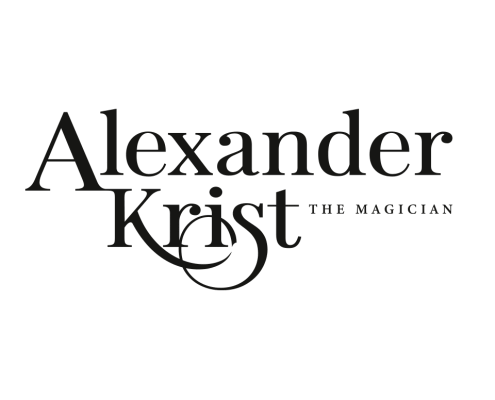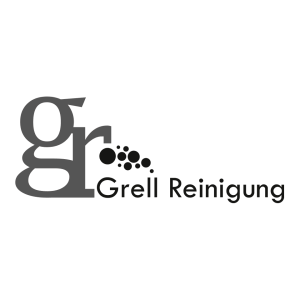Furthermore, AI also enables an improved target group approach.
With the help of AI, advertising agencies can segment their target groups more precisely and thus ensure that their messages reach the right people.
This not only leads to more effective advertising campaigns, but also to a better return on advertising spend.
Despite the many benefits AI offers the advertising industry, there are also challenges.
These include concerns about data security and privacy, the need to constantly update and adapt AI models, and the risk of over-automation that could lead to a loss of the human touch in advertising.
Overall, however, it is clear that AI has the potential to fundamentally change the advertising industry.
With its ability to gain deep insights into consumer data, create personalised experiences and automate processes, AI will undoubtedly play an increasingly important role in the future of advertising.


































































































